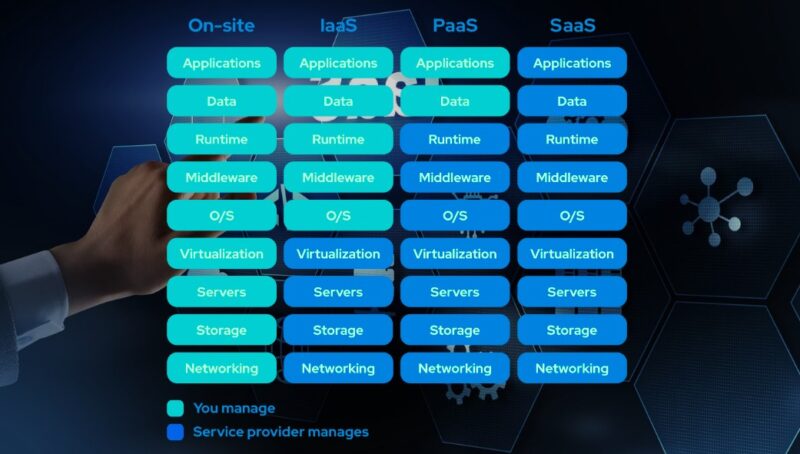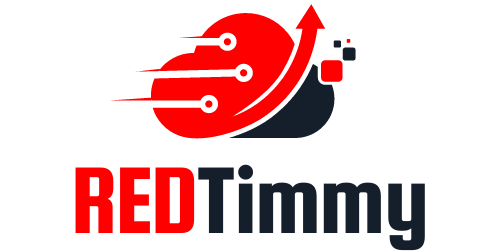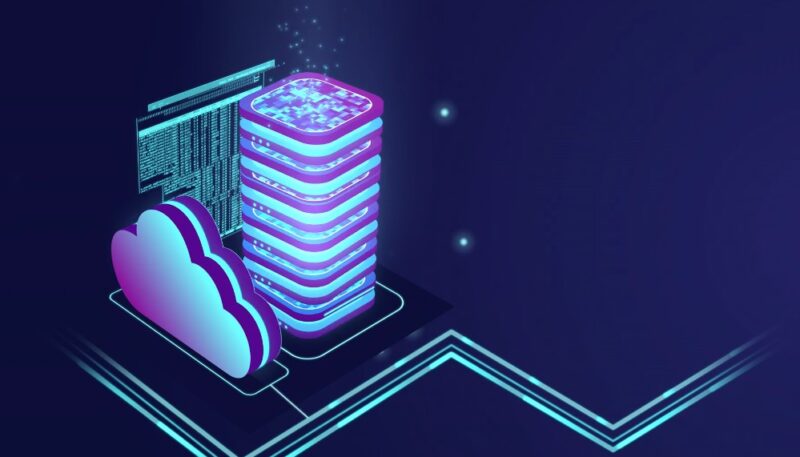IaaS stands for Infrastructure as a Service. It’s a key part of cloud computing. It gives you servers, storage, and networking over the internet when you need them. You don’t have to buy and keep up with the hardware yourself.
With IaaS, your business can quickly grow or shrink its resources. This helps you manage your applications and data better. It makes your operations smoother.
Cloud providers like Google Cloud IaaS offer a pay-as-you-go model. They also provide extra services like billing and security. This helps your business be more agile and save money. You can focus more on growing and innovating.
Key Takeaways
- IaaS provides essential computing resources on an on-demand basis over the internet.
- It eliminates the need for organizations to manage physical hardware.
- IaaS offers scalable computing, allowing businesses to adjust capacity as needed.
- With IaaS, cloud service providers handle physical infrastructure management.
- Google Cloud IaaS showcases the advantages of a pay-as-you-go model and added services.
- This cloud computing model optimizes costs and enhances business agility.
Showing the Ropes

Infrastructure as a Service (IaaS) lets companies rent cloud infrastructure on demand. It includes servers, virtual machines, networking, and data storage. This way, businesses can use what they need without buying it all.
IaaS helps businesses avoid the hassle of owning data centers. Instead, they use virtual machines and resources from a cloud provider. The provider takes care of the backend, so you can focus on your software and apps. This makes it easy to grow or shrink your setup as needed.
Advantages of Choosing IaaS
Choosing IaaS has many perks. It’s cost-effective since you only pay for what you use. It also cuts down on the time it takes to get IT resources ready, making your team more productive and agile.
- Cost-Effective: You only pay for what you use, making your budget easier to manage.
- Scalability: You can quickly adjust your cloud resources to meet demand, ensuring you’re always running smoothly.
- Enhanced Productivity: You can focus more on your business and less on IT maintenance, freeing up your team.
- CSP Responsibilities: The cloud provider takes care of the infrastructure, giving you a solid base to work on.
How Does it Work?
Infrastructure as a Service (IaaS) is a cloud computing type that gives businesses computing resources over the internet. It’s key to know the main parts and how they work together to use IaaS well.
IaaS Cloud Components
The core of IaaS has several key parts:
- Network Connections: These ensure your virtual machines (VMs) connect smoothly.
- Virtual Server Space: This gives you a spot in a data center for your apps.
- IP Addresses: These give your virtual space its own ID.
- Object Storage: This is a way to store lots of data efficiently, better than old ways.
Virtualization and Resource Management
Virtualization is key in IaaS, making it easy to manage resources with VMs. These VMs get their own power from virtual CPUs and GPUs, making them good for many tasks.
Important tasks include:
- Scaling Services: Changing resources as needed to keep up with demand.
- Load Balancing: Spreading workloads across servers to improve speed.
These virtual setups are spread out in many data centers around the world. These centers have servers, firewalls, and more, all looked after by Cloud Service Providers (CSPs). But businesses can get to them through a virtual interface.
IaaS vs. PaaS vs. SaaS

The world of cloud computing services is filled with three main models: IaaS, PaaS, and SaaS. Each model has its own benefits for different business needs.
IaaS benefits give businesses full control over cloud resources. Users can manage everything from operating systems to data. It’s great for businesses needing a customized environment and full control over their setup.
The PaaS model combines important hardware and software development tools from service providers. It cuts down on the work of managing the infrastructure. This lets businesses focus more on developing applications and growing quickly.
SaaS offerings provide complete applications over the internet. They take care of both the infrastructure and the application layer. This is ideal for businesses wanting easy-to-use solutions with little upkeep.
| Aspect | IaaS | PaaS | SaaS |
|---|---|---|---|
| Control Level | High | Medium | Low |
| Management Responsibilities | OS, applications, data | Applications, data | None |
| Best For | Customizable environments | Rapid development | Ready-to-use solutions |
Choosing between these models depends on your business’s needs and goals. Knowing the differences helps pick the right model for your company.
Summary
Infrastructure as a Service (IaaS) has changed how businesses handle their IT. It offers great flexibility and scalability.
This means companies can easily adjust their IT setup based on their needs. This leads to better efficiency, productivity, and information security.
IaaS has a big impact on today’s businesses. It shows how using managed services can save money and make things more agile. When choosing between IaaS, Platform as a Service (PaaS), and Software as a Service (SaaS), think about what your business needs and goals.
Choosing IaaS can really change your business for the better. It gives you a flexible and responsive IT setup. This is perfect for innovation and growth.
By understanding IaaS, you can make smart choices for your business. This can lead to better performance and prepare you for future changes in the digital world.

